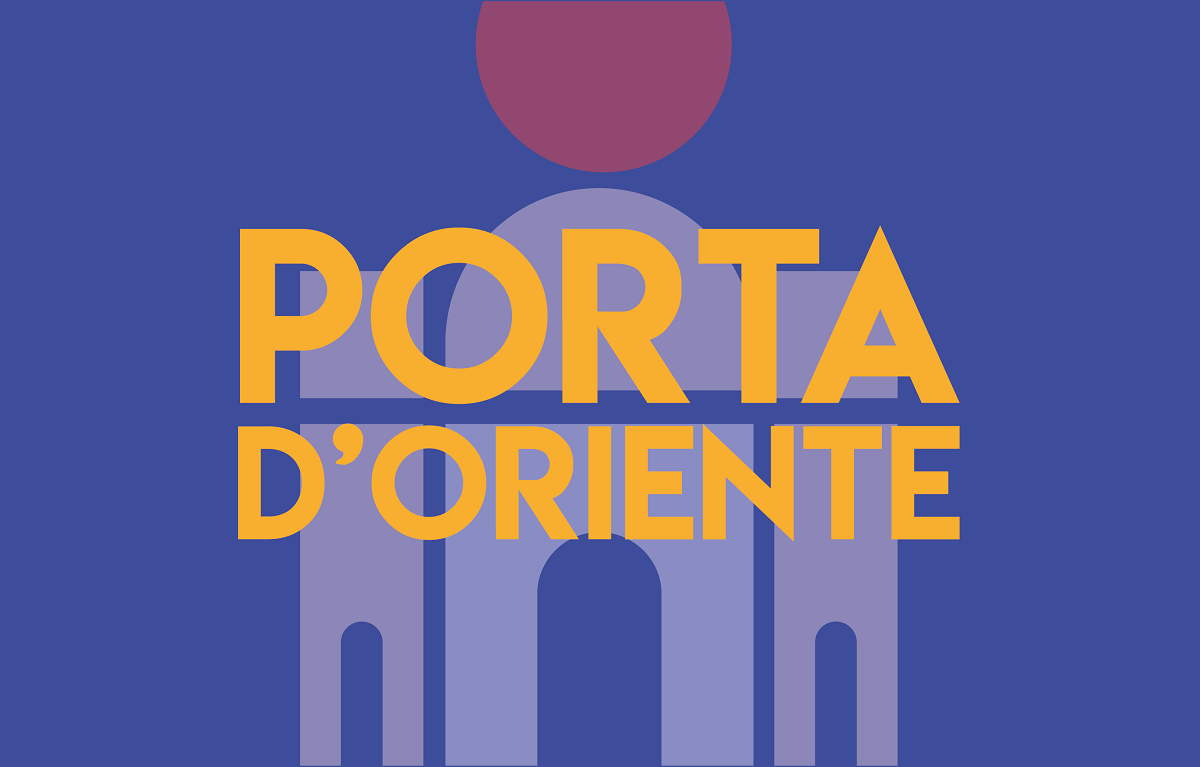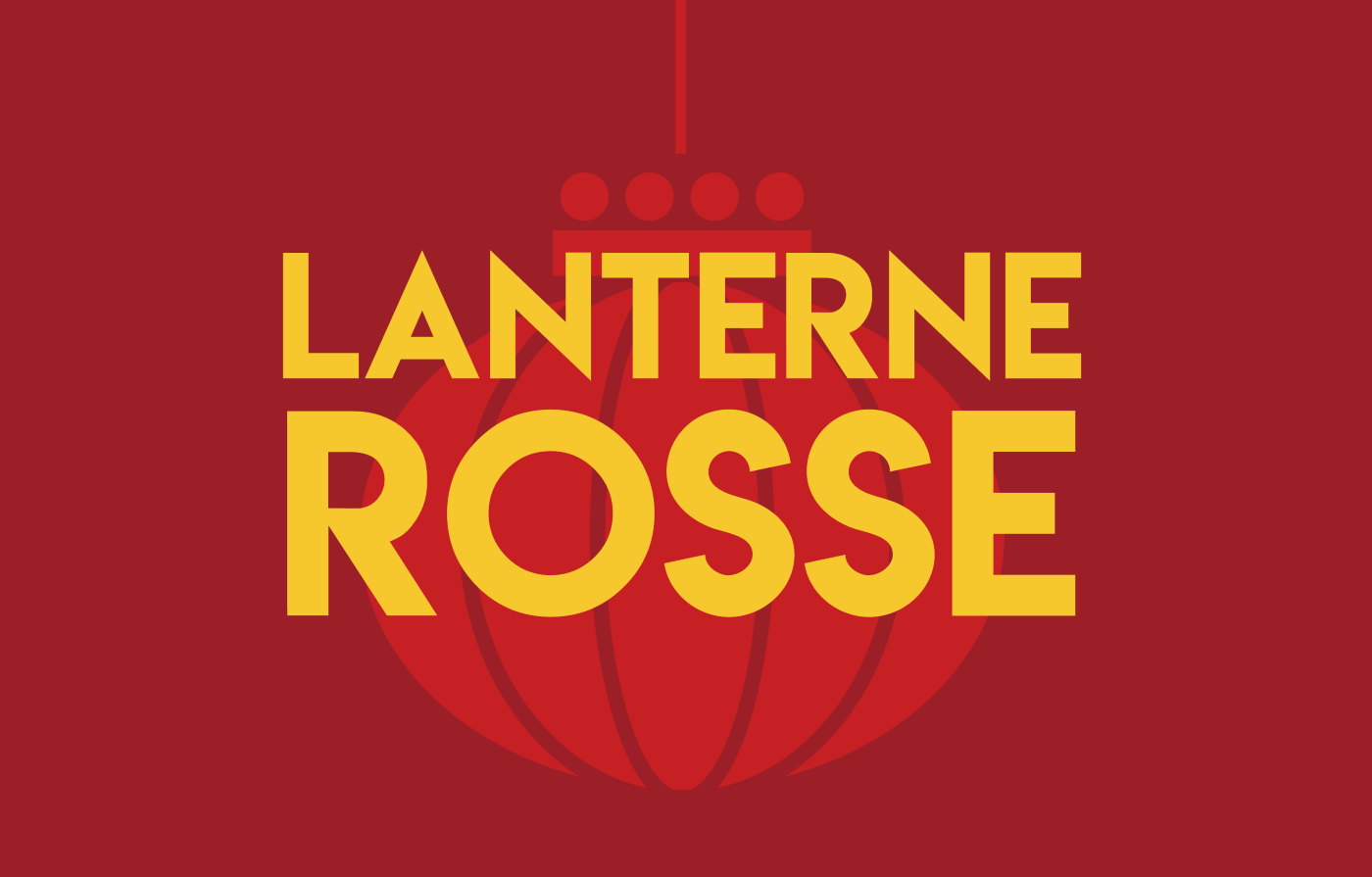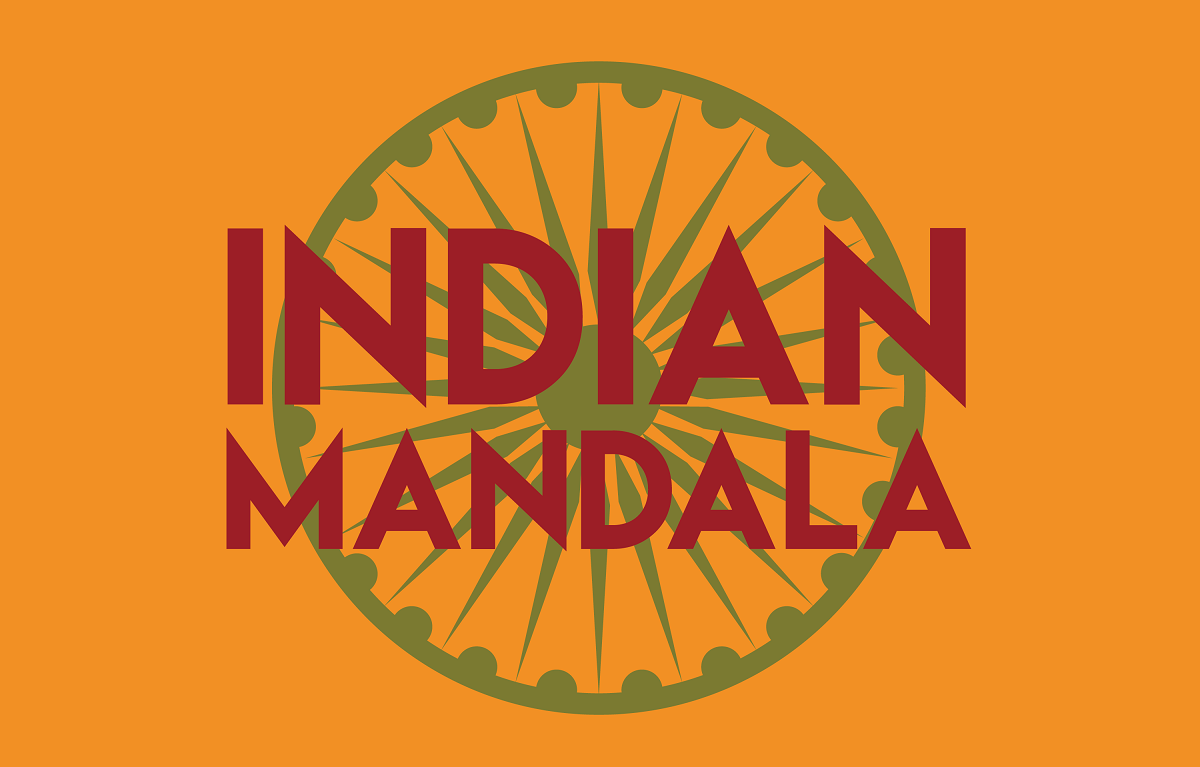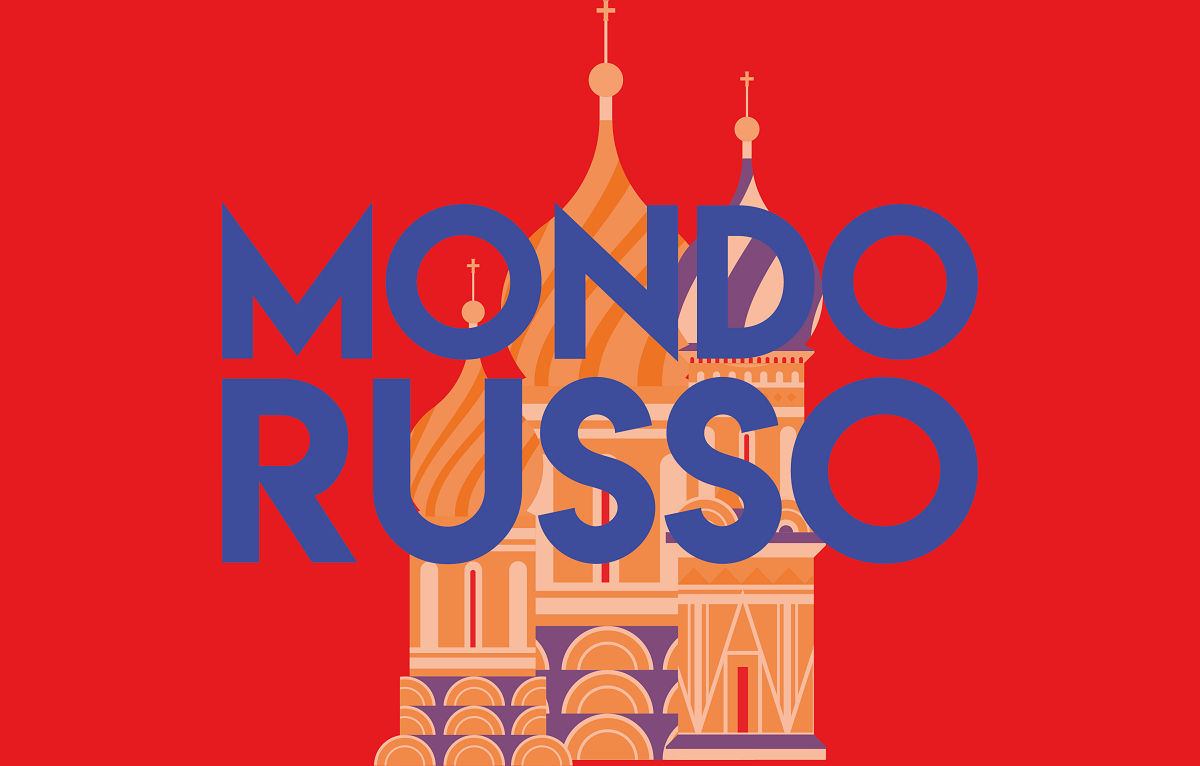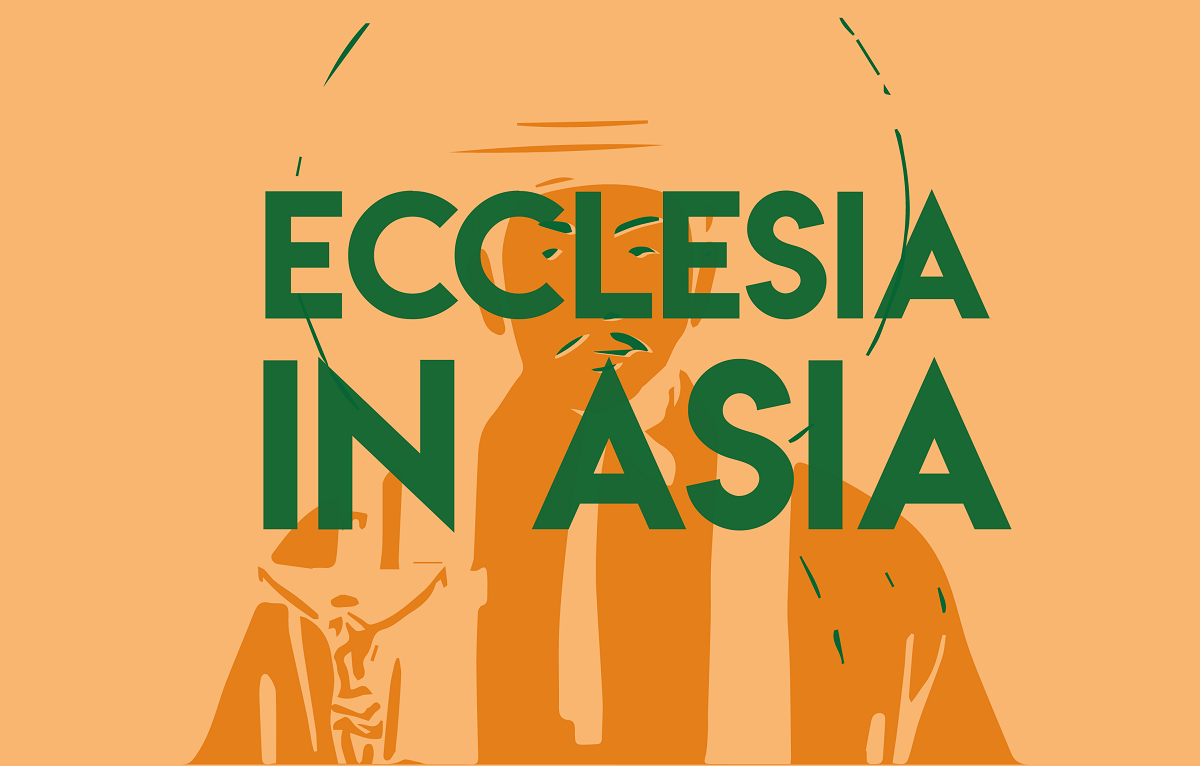The cultural heritage of Uzbekistan
A country where 65% of the population is made up of young people under the age of 30 sees the enhancement of its cultural heritage as a resource for the economy. Promoting major projects such as the Bukhara Biennale and the new State Museum of Arts in Tashkent designed by Japanese architect Tadao Ando.
Tashkent (AsiaNews) - Following the international investors' forum, a conference on youth education with a view to “preserving cultural heritage for the future” was held in Tashkent, organised by the Uzbekistan Fund for the Development of Culture and Art.
President Gajane Umerova explained that ‘investing in culture means investing in the future’, and the director of the Centre for Contemporary Art in the capital, Sara Raza, also argues that ‘culture can be a great boost for our country's economy’.
As Umerova explained, Uzbekistan is actively working to strengthen relations with international partners in the field of culture, paying particular attention to “the protection and development of its cultural code”.
The country's rich history and tradition must be “invested in for the future”, insists the president, especially in the context of Uzbekistan's demographics, where 65% of the population is made up of young people under the age of 30.
For this reason, “we must think about local and global initiatives” such as the Bukhara Biennale, which will be held from 5 September to 20 November this year, organised by director Diana Campbell, which is attracting many people to the ancient city as “a new cultural centre for the entire region”.
An important landmark is the Contemporary Art Centre, built with state support, which “had never made such significant investments in this field”, says Umerova, thanking President Shavkat Mirziyoyev for “believing in young people and the development of their potential”.
Particular attention is paid to cultural tourism, which should not just be “a way to tick another country off your list of places visited”. To make people want to come back to Uzbekistan, it is necessary to “create a cultural infrastructure, integration with the world of culture” and organise regular events such as the Biennale, festivals and other similar events. Culture and heritage must be ‘sources of inspiration’ to sustain the international community's ongoing interest in the Central Asian country.
For Gajane Umerova, ‘it is important to educate young people to understand global processes while maintaining a deep respect for their own cultural identity’ so that they feel a sense of pride in their country and their people.
A pilot project is the new State Museum of Arts, which is being built with the participation of the famous Japanese architect Tadao Ando, as well as other structures currently under construction that seek to emulate the glories of the past, “such as when the Registan was built many centuries ago”, the great square of Samarkand with its solemn madrasas from the 12th and 17th centuries, one of the most brilliant examples of Islamic architecture, proclaimed a UNESCO World Heritage Site in 2001.
Director Sara Raza then explained how the new Contemporary Art Centre has the potential to become a “catalyst” for many other sectors of culture and the economy, from tourism to small industry and crafts.
She recounted how “Tashkent was an important hub on the Great Silk Road, one of the first forms of globalisation”, and how in today's global cities such as London and New York, and as far afield as the Middle East and the Caucasus, it is clear that “trade follows culture”.
For example, “gentrification”, the regeneration of historic and working-class neighbourhoods by the emerging middle class, begins when artists start to move into these areas, followed by the opening of bars and restaurants, and new groups of people gather, creating new cultural trends and new forms of social sharing that give impetus to the life of society as a whole, as shown by the example of the Guggenheim Museum in Bilbao, where “a small fishing town has been completely transformed and now welcomes more visitors than the New York branch”.
Realities such as the Museum of Contemporary Art also serve to create new jobs, with artists' studios, demand for assistants, craft production, galleries and the many related infrastructures, as La Raza points out. This is why Uzbekistan intends to focus on the “mutual influence of cultural centres at a global level” to transform Central Asia from a remote periphery into a centre of world interest.





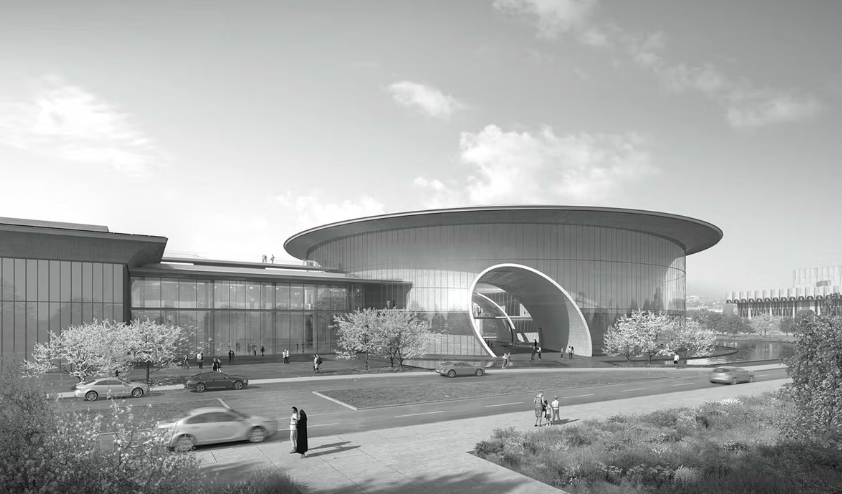

.png)
